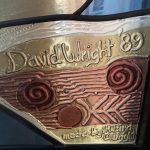 For almost half a century, David Wright has been producing glass with religious themes for sacred spaces in Australia, including sets of windows for over thirteen churches and fifteen chapels in schools or hospitals. He was born in Melbourne in 1948 and grew up with a background in the Anglican Church. He would eventually marry Sue, an Anglican priest. Most of his religious work is in Anglican churches and chapels.
For almost half a century, David Wright has been producing glass with religious themes for sacred spaces in Australia, including sets of windows for over thirteen churches and fifteen chapels in schools or hospitals. He was born in Melbourne in 1948 and grew up with a background in the Anglican Church. He would eventually marry Sue, an Anglican priest. Most of his religious work is in Anglican churches and chapels.
Continue reading “DAVID WRIGHT: Major Works in Australian Religious Glass”

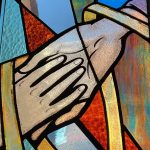 Alan Sumner mbe (1911-1994) was a painter, printmaker, teacher and stained-glass designer. After studying at the NGV school, RMIT and the George Bell School in the early 1930s, Sumner travelled to Europe and the UK, furthering his training at the Grand Chaumière and the Courtauld Institute. Returning to Melbourne, he took up an apprenticeship as a stained-glass designer with Brooks Robinson before becoming a designer for Yenckens. He taught painting at the NGV school from 1947 to 1950 and spent nine years as Head of School from 1953 onward. Meanwhile, over the course of his career he completed approximately 100 commissions for windows in Melbourne and internationally. (National Portrait Gallery, Canberra, 2018).
Alan Sumner mbe (1911-1994) was a painter, printmaker, teacher and stained-glass designer. After studying at the NGV school, RMIT and the George Bell School in the early 1930s, Sumner travelled to Europe and the UK, furthering his training at the Grand Chaumière and the Courtauld Institute. Returning to Melbourne, he took up an apprenticeship as a stained-glass designer with Brooks Robinson before becoming a designer for Yenckens. He taught painting at the NGV school from 1947 to 1950 and spent nine years as Head of School from 1953 onward. Meanwhile, over the course of his career he completed approximately 100 commissions for windows in Melbourne and internationally. (National Portrait Gallery, Canberra, 2018).  John Hawes and Margaret Rope
John Hawes and Margaret Rope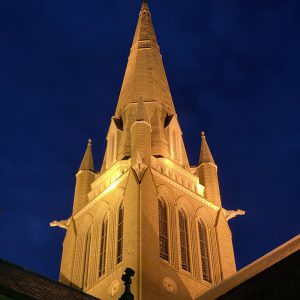 Windows for God’s Light
Windows for God’s Light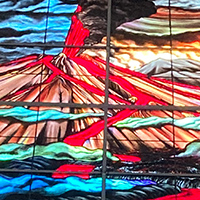 Embracing local holidays in Queensland recently, I found myself in St Monica’s Cathedral in Cairns for the first time in over twenty-five years. I was at last able to behold the magnificent creation windows made in the second half of the 1990s by Gerry Cummins and Jill Stehn. There are twelve windows on each side of the nave, each one measuring 6.5 metres by 1.6 metres. They are a monumental presentation of the Genesis story of the creation of the world, and include many scientific elements in the design together with frequent visual references to the Cairns topography, flora and fauna. They create a dynamic context for liturgy which is both cosmic and local.
Embracing local holidays in Queensland recently, I found myself in St Monica’s Cathedral in Cairns for the first time in over twenty-five years. I was at last able to behold the magnificent creation windows made in the second half of the 1990s by Gerry Cummins and Jill Stehn. There are twelve windows on each side of the nave, each one measuring 6.5 metres by 1.6 metres. They are a monumental presentation of the Genesis story of the creation of the world, and include many scientific elements in the design together with frequent visual references to the Cairns topography, flora and fauna. They create a dynamic context for liturgy which is both cosmic and local.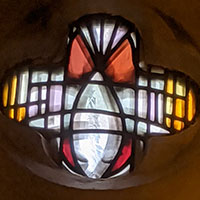 In the same way that churches have been built by Christians for two millennia, the small stone church in the Sydney suburb of Pyrmont, dedicated to St Bede the Venerable, was built by the hands of its parishioners. Much of the sandstone used to build the early buildings of Sydney was quarried in Pyrmont, the same stone that the parishioners cut from the site, shaped and laid to build St Bede’s. They completed the building in 1867 providing for a congregation of about 120 to gather for Mass.
In the same way that churches have been built by Christians for two millennia, the small stone church in the Sydney suburb of Pyrmont, dedicated to St Bede the Venerable, was built by the hands of its parishioners. Much of the sandstone used to build the early buildings of Sydney was quarried in Pyrmont, the same stone that the parishioners cut from the site, shaped and laid to build St Bede’s. They completed the building in 1867 providing for a congregation of about 120 to gather for Mass. 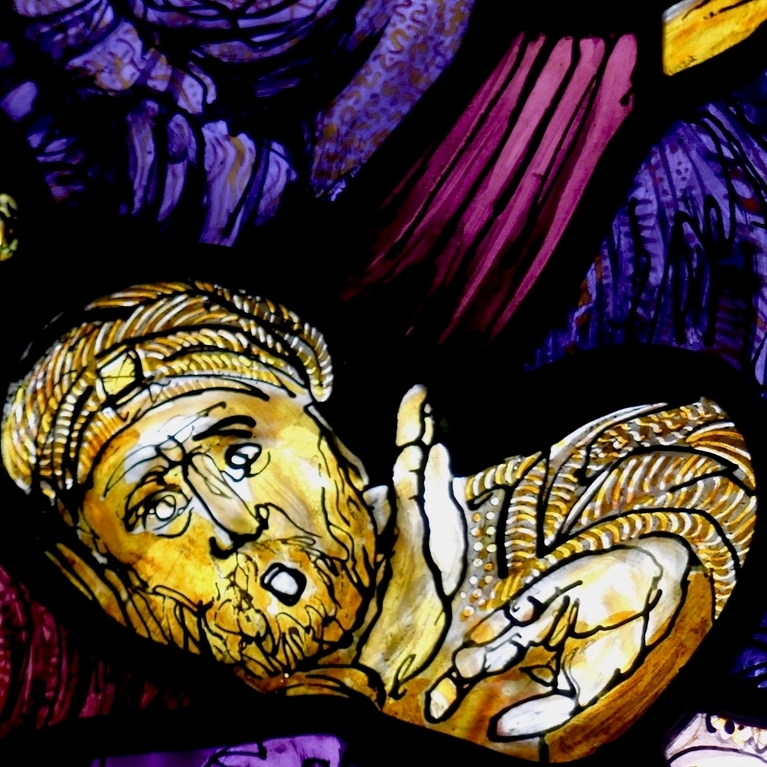 St Francis of Assisi, Mill Park, VIC
St Francis of Assisi, Mill Park, VIC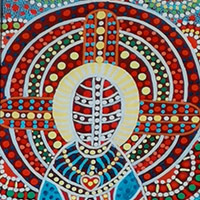 How did the form of Catholicism adopted by the Mparntwe Arrernte people of Alice Springs Australia become what it is today? Catholicism was introduced by the Missionaries of the Sacred Heart (MSC) and the Daughters of Our Lady of the Sacred Heart (OLSH) from 1935, but the image of modern Catholicism practised by Mparntwe Arrernte Catholics varies in significant ways from what they were taught in the mission.
How did the form of Catholicism adopted by the Mparntwe Arrernte people of Alice Springs Australia become what it is today? Catholicism was introduced by the Missionaries of the Sacred Heart (MSC) and the Daughters of Our Lady of the Sacred Heart (OLSH) from 1935, but the image of modern Catholicism practised by Mparntwe Arrernte Catholics varies in significant ways from what they were taught in the mission.